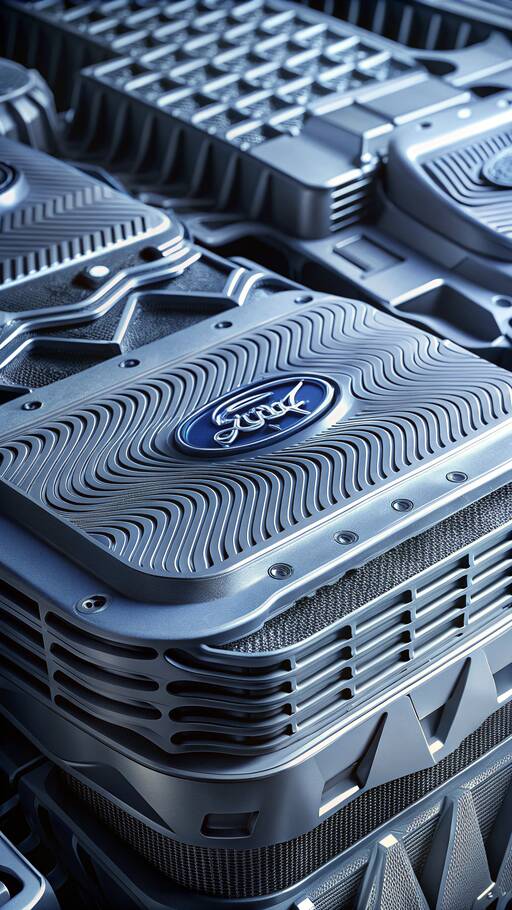
- Components Produced: Cold plates for batteries, cooling plates, and other complex parts.
- Testing Techniques:
- X-Ray and CT scanning by the Non-Destructive Evaluation (NDE) team.
- 3D scanning for mechanical strength, hardness, and geometric compliance.
- Metrology for accuracy and precision testing before integration with Red Bull F1.
Christian Hertrich, a chief powertrain expert, emphasizes the complexity of these metal and polymer parts. They undergo extreme testing to endure the high speeds of F1 racing, highlighting the shift from simplistic elements like nuts and bolts to intricate 3D-printed parts.
Ford's rigorous testing protocols, initially borrowed from various departments, are influencing road car development. An example cited is the rapid resolution of an F-150 headlight issue using NDE scanners, demonstrating the technology's potential beyond the racetrack.
While 3D printing in automotive isn't entirely new, Ford is pushing its application on the track and advocating for technological trickle-down to consumer vehicles. The project's implications include:
- Innovative Design: Allowing the creation of shapes impossible with traditional methods.
- Speed and Efficiency: Favored by F1 engineers for rapid prototyping and lightweighting benefits.
The efficacy of Ford's 3D-printed parts will be tested in 2026. Whether these innovations will lead to success on the track remains to be seen.
In summary, Ford is at the forefront of integrating 3D printing into F1, pushing both performance and technology in motorsports and beyond. As we approach 2026, all eyes will be on how these cutting-edge developments translate on the track.